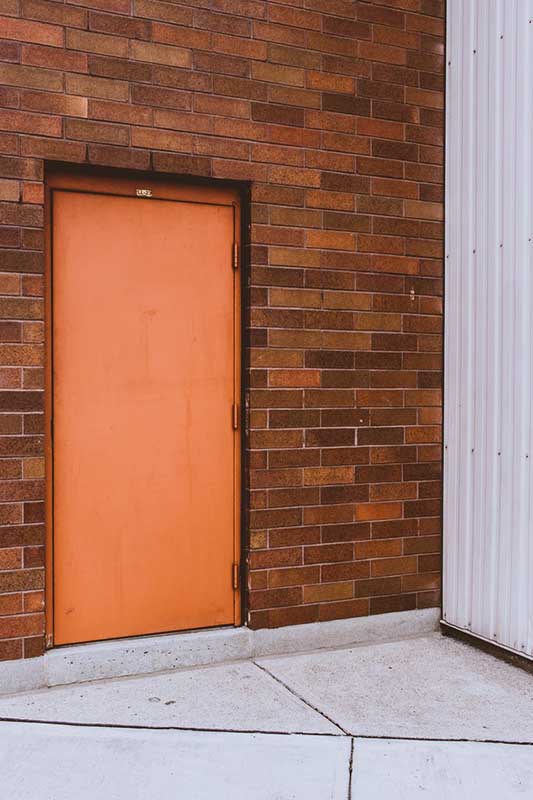What Is Lintel Deterioration?

Brick has long been preferred as a strong and durable building material—especially since builders often supplement its strength with components like steel. However, just because a building material is strong and durable doesn’t mean it’s invincible, and even brick (and steel) buildings are subject to the wear and tear of time. Most homeowners haven’t given much thought to their lintels, but this is one place where deterioration can cause severe damage to the appearance and structural integrity of a structure if left untreated.
What Is a Lintel?
“Lintel” is the architectural term for horizontal support that spans an opening in a wall, such as a door or a window. A lintel acts as a supporting shelf for the masonry above. Most brick structures use steel beams as lintels. They are generally not exposed, but instead fastened to the wall and overlaid with further masonry.
What Causes Lintel Deterioration?
Because most lintels are made of steel, they are susceptible to rust and other problems associated with oxidation. Cracks in the outer masonry allow moisture to seep in and reach the lintel. This combination of oxygen and moisture causes the lintel to expand and warp, pressing against the brick from within. If you see areas that are starting to bulge or crack at the corners above windows and doorways, this may be an early sign of lintel deterioration.
What Can Be Done to Fix Lintel Deterioration?
Avoiding cracks in masonry is a good way to keep the causes of deterioration at bay. Tuckpointing the masonry when it starts to crumble will help keep moisture from seeping through the cracks. Once the deterioration has begun, however, it is important to not ignore the problem or attempt a DIY fix. Instead, contact a professional who can diagnose the full extent of the problem. If the lintel needs to be replaced, a professional will have to brace and support the masonry while replacing the lintel with new galvanized steel.
Left untreated, lintel deterioration can cause aesthetic and structural issues in your home, so it’s best to catch it early. Since 1938, the team at Soumar Masonry Restoration, Inc. has been in the business of helping people maintain and restore their beautiful brick and stone buildings—including addressing this type of deterioration. If you’re worried about cracks in the masonry or lintel deterioration, request a free, no-obligation consultation for your restoration needs.
